Apple's ProMotion is going to change how we use our devices
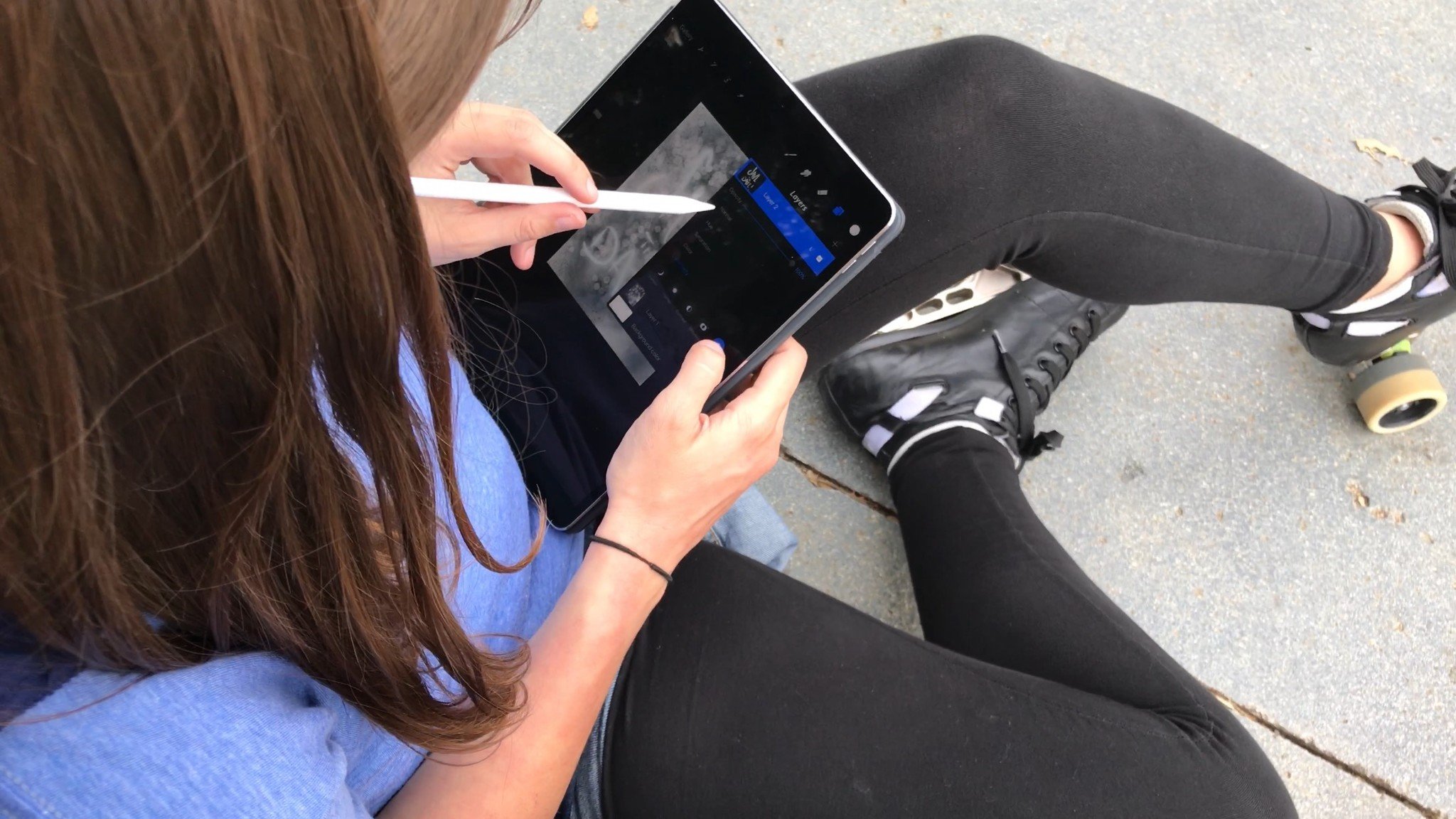
If I had to pick the WWDC announcement that made my week, it'd have to be Apple's newest display technology, ProMotion. Essentially, it makes the new iPad Pro feel faster without compromising on battery life. But simply saying "faster" doesn't do justice to how ProMotion is going to not only improve the iPad Pro experience — or the experience of Apple's other computing platforms in the future.
Here's everything you ever wanted to know about ProMotion — and then some. (Because I can't help but geek out about display technology.)
What is ProMotion?
Apple describes it as such:
A new [display] technology that delivers refresh rates of up to 120Hz for fluid scrolling, greater responsiveness and smoother motion content. With ProMotion, Apple Pencil is even more responsive with an industry-best, 20-millisecond latency for even more fluid and natural drawing. ProMotion also improves display quality and reduces power consumption by automatically adjusting the display refresh rate to match the movement of the content.
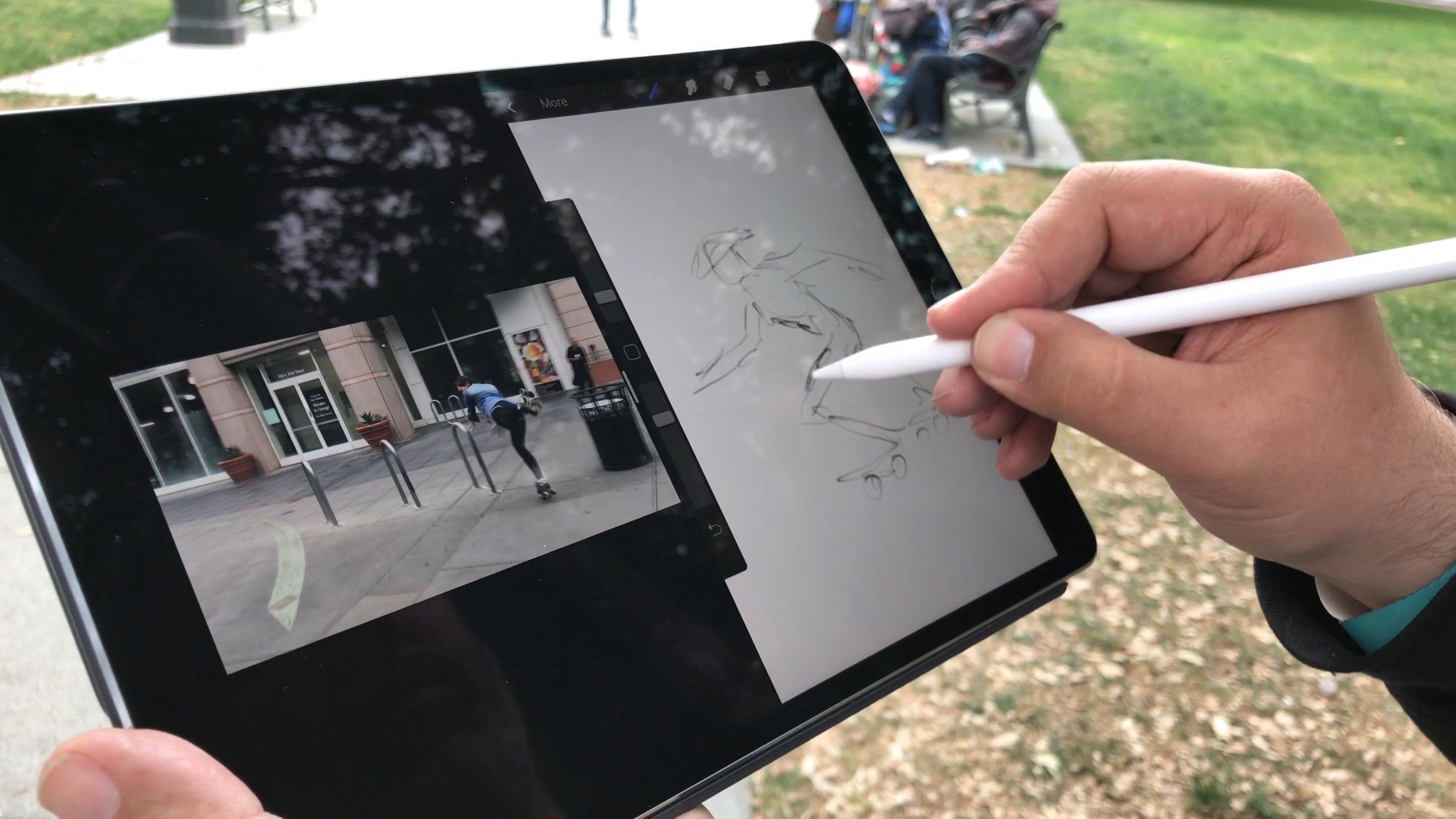
In English: ProMotion makes your scrolling look smoother, text crisper, and drawing virtually lag-free. And it does it all while saving battery life and keeping your video from looking like a bad HDTV set.
Is ProMotion hardware or software?
It's a hardware component of Apple's new iPad Pro displays, though APIs in iOS help make it adaptive.
Why oh why did Apple name it ProMotion?
Aside from the fact that the company's newest technology is impossible to Google without finding out about App Store promotions or raises, the name isn't actually that painful: The display is certainly displaying "pro"-level motion, and we've seen a lot worse naming from HDTV manufacturers. (And, let's be honest, Apple itself. cough — HomePod — cough.)
Why is ProMotion so important?
I've written a bunch of words below on the technical specifics of why ProMotion is going to be such a big deal for the iPad Pro and Apple's other technology alike, but if you don't have the patience for it, a few quick notes:
Master your iPhone in minutes
iMore offers spot-on advice and guidance from our team of experts, with decades of Apple device experience to lean on. Learn more with iMore!
- It effectively halves the latency on the Apple Pencil, making the drawing experience even better
- Scrolling and interacting with items is faster than ever before — an especially important factor with iOS 11, multi-windows, and drag and drop coming to the forefront later this year
- Unlike most TVs, ProMotion adjusts screen refresh rates automatically: This both saves battery and prevents you from watching movie or TV content at a frame rate that stutters or looks too fast after you've been drawing or sketching at a high refresh rate
- 120FPS slow-motion video looks incredible
- Regular video looks pretty great, too, thanks to math
Want to know more? Read on.
Here's the skinny on ProMotion's tech, and why it changes the game
Apple's ProMotion screen technology is based around two important factors: The screen refresh rate, or hertz (Hz), and adaptive refresh technology.
What is Hz, anyway?
Hz stands for hertz. When used to describe a screen — say, the iPad Pro's 120Hz display — this number stands for how many times per second the screen can be refreshed. So when you sketch on the iPad Pro with Pencil, for example, the display can show the process of your line up to 120 times in a single second.
How is that different from frame rates per second?
Image refresh rates and frame rates (FPS) are similar, but they're limited by different things. Image refresh rates are limited by how fast the display itself can refresh, while FPS is limited by the content and the iPad's processor.
For reference, the human eye starts to perceive individual images as motion at around 14 FPS.
So for example, the iPad Pro's A10X processor might be able to display a game at up to 240FPS, but the ProMotion-based screen can only display half of that (120FPS). On the other side, you have content like films, which typically are recorded at 24 FPS.
You brought up films: If they're recorded at 24FPS and played at 120FPS, doesn't a faster image refresh make content look like a soap opera?
It certainly can, but it won't on the 10.5-inch or 12.9-inch iPad Pro.
To understand why, we have to take a quick trip down memory lane to the early filmmaking days: Most filmmakers in the silent era shot movies that displayed 16-24 frames per second, but when they tried to show films with projectors at that image refresh rate, the films looked strange and jerky.
As early cinema evolved, filmmakers discovered "persistence of vision": In short, if you tripled the image rate (effectively showing the same frame three times), the human eye treated the motion as smooth, rather than stuttering. TV sets, projectors, and screens have been based on that principle ever since.
When TV came on the scene, over-the-air bandwidth limited most sets to displaying 50-60 Hz. To properly display shows at these rates, broadcasters began filming at different rates in different parts of the world (USA is NTSC, which is around 30FPS) instead of 24 — this resulted in the slightly "faster motion" soap opera look of most older shows.
When movies began being shown on TV sets, however, the 24FPS frame rate wouldn't properly convert — as a result, engineers created the 3:2 pulldown, which allowed 24FPS video to display without dramatically changing its pacing.
The TL;DR on 3:2 pulldown: Half a frame would be doubled every four frames and then interlaced. If you've ever tried to take a picture of a TV screen and seen two frames interlaced together, you've seen a 3:2 pulldown in action.
That brings us to the modern day: Thanks to bandwidth improvements, TVs now have the capacity to display at faster image refresh rates, allowing sports broadcasters and other companies to experiment with shooting in 48, 60, and 120FPS. Unfortunately, most aren't intelligent: If you set a TV to display at 60 or even 120FPS (AKA "Sports Mode"), unless you switch back, any non-high-frame-rate content will look strange and occasionally stutter.
So how does the new iPad Pro get around this with ProMotion?
The iPad Pro is smart where "smart" TVs are dumb: Its screen can dynamically adjust from 120Hz to as little as 24Hz, depending on how you're interacting with the display.
For example, if you play a movie, ProMotion intelligently knows that you want to watch that content at 24FPS, and will display that content accordingly. As noted above, however, screens displaying at 24Hz don't look great to the human eye; instead, your iPad doubles, quadruples, or quintuples each frame so that content looks smooth. And because 24 is a multiple of 120, Apple can do this without any need for the messiness of a 3:2 pulldown.
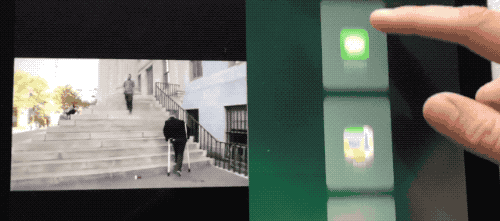
A great real world example: You can play a video on the left side of the screen in Split View, then sketch in Procreate on the right side. The screen will display at 120Hz to provide quick response time while sketching, but intelligently downsample the video to a clean multiple of 24, so it doesn't stutter.
So if 60Hz or 92Hz is good enough for most shows, why did Apple need to go to 120Hz?
Largely, Apple did this for interaction purposes: Namely, scrolling with your finger and drawing with Apple Pencil. To draw effectively, users want as little latency as possible between the stylus drawing a line and the display rendering said line. This requires many more frames per second than video viewing for it to feel effectively lag-free.
By letting the iPad Pro display up to 120 frames per second, Pencil drawings feel much more natural — but it also makes scrolling and interacting with apps incredibly smooth.
When Apple announced the Pencil, I remember them saying it drew at 240Hz already. How is this different?
Great question! Just like the native frame rate of a game, movie, or app can be different than the screen refresh rate, so too can the input rate. When you draw with the Pencil, Apple sends 240Hz (240 positions a second of data) to your iPad. Up until now, the iPad Pro has only been able to render 60 frames of that data a second, using its predictive line technology to "guess" what the line would eventually look like until the screen caught up. (If you've ever drawn with Apple Pencil and momentarily seen a weird-looking line while you're drawing quickly, you've caught a glimpse at that feature.)
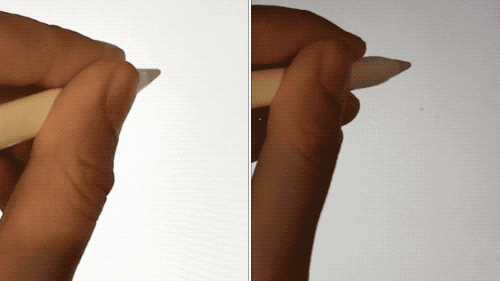
With the new 10.5-inch and 12.9-inch iPad Pro, ProMotion can now render 120 positions per second of the Pencil's 240Hz input — essentially halving the stylus's lag time from 40ms to 20ms. From our time with the iPad, this results in a noticeable difference in drawing with Notes; where it really stands out, however, is in a complex program like Procreate. Previously, the app's brushes required so much computational and display power to render that sketching in the app was often painfully laggy, but ProMotion and the new iPad Pro have almost completely eliminated that delay.
If I'm not an artist, why should I love ProMotion?
In short, it's going to make working on the iPad faster than you've ever dreamed. Not only did the device's A10X processor fly along through the most cumbersome of tasks in our tests, but when paired with a fast display rate, it absolutely demolishes interaction task time. Swiping through photos, dragging and dropping files in iOS 11, exporting content — the speed angle can't possibly be stated enough.
Isn't refreshing the screen so often going to take a toll on the iPad Pro's battery life?
No, and that's thanks to the "adaptive" part of ProMotion's nature: The iPad Pro's screen can display at up to 120Hz, but only does so when a user directly interacts with the screen. Whenever the interaction pauses, the device automatically drops down to a lower refresh rate to conserve battery life.
In practice, you might start drawing with Apple Pencil in a café, then pause to chat with a friend. When you touch the Pencil to the screen, you'll be drawing at 120Hz; when you pause, the screen will drop down a lower rate while you're not interacting with it.
Okay, ProMotion sounds pretty awesome. When can I see it on my other devices?
Like the Retina Display and Wide Color, we suspect that ProMotion will make its way to the Mac and iPhone over the next few years — especially if the iPhone gets its own Apple Pencil-style tool down the road. And when it comes to those devices, it's going to feel like just as big of an update as it does to the iPad Pro line right now.
Questions about ProMotion?
Let me know in the comments.
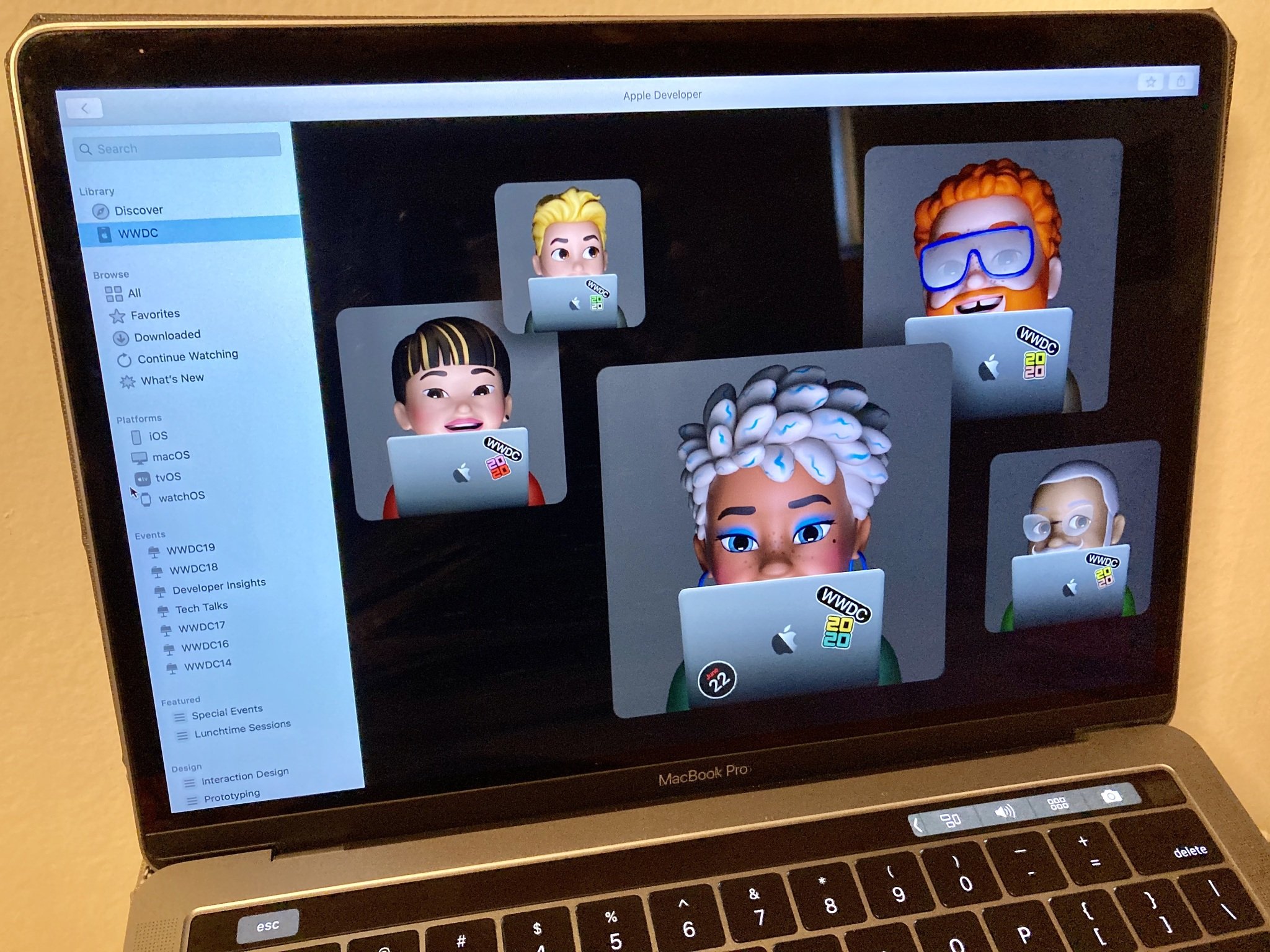
○ Everything about WWDC 2020
○ WWDC 2020 remote lineup
○ Download the Apple Developer app
○ iOS/iPadOS 14
○ macOS 10.16
○ watchOS 7
○ tvOS 14
○ Discussion forums
Serenity was formerly the Managing Editor at iMore, and now works for Apple. She's been talking, writing about, and tinkering with Apple products since she was old enough to double-click. In her spare time, she sketches, sings, and in her secret superhero life, plays roller derby. Follow her on Twitter @settern.

